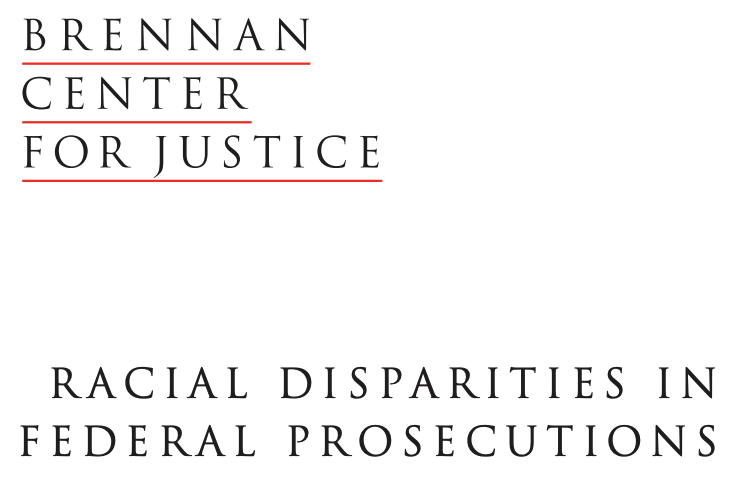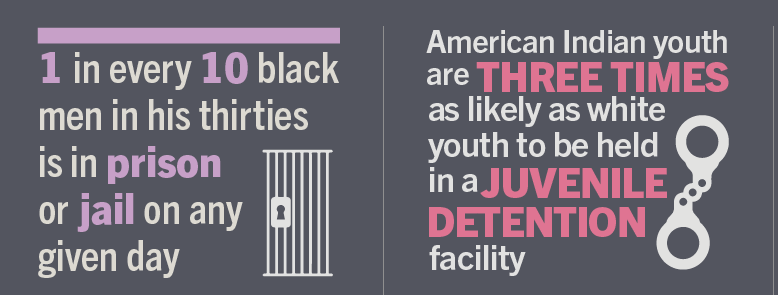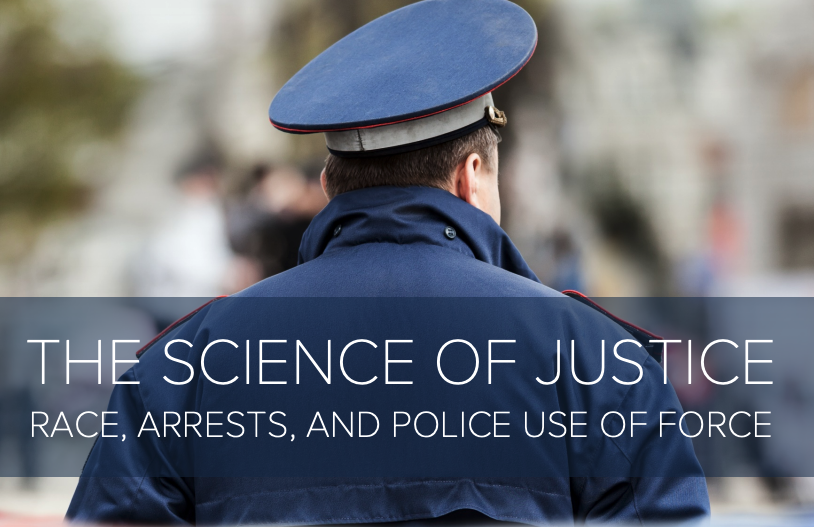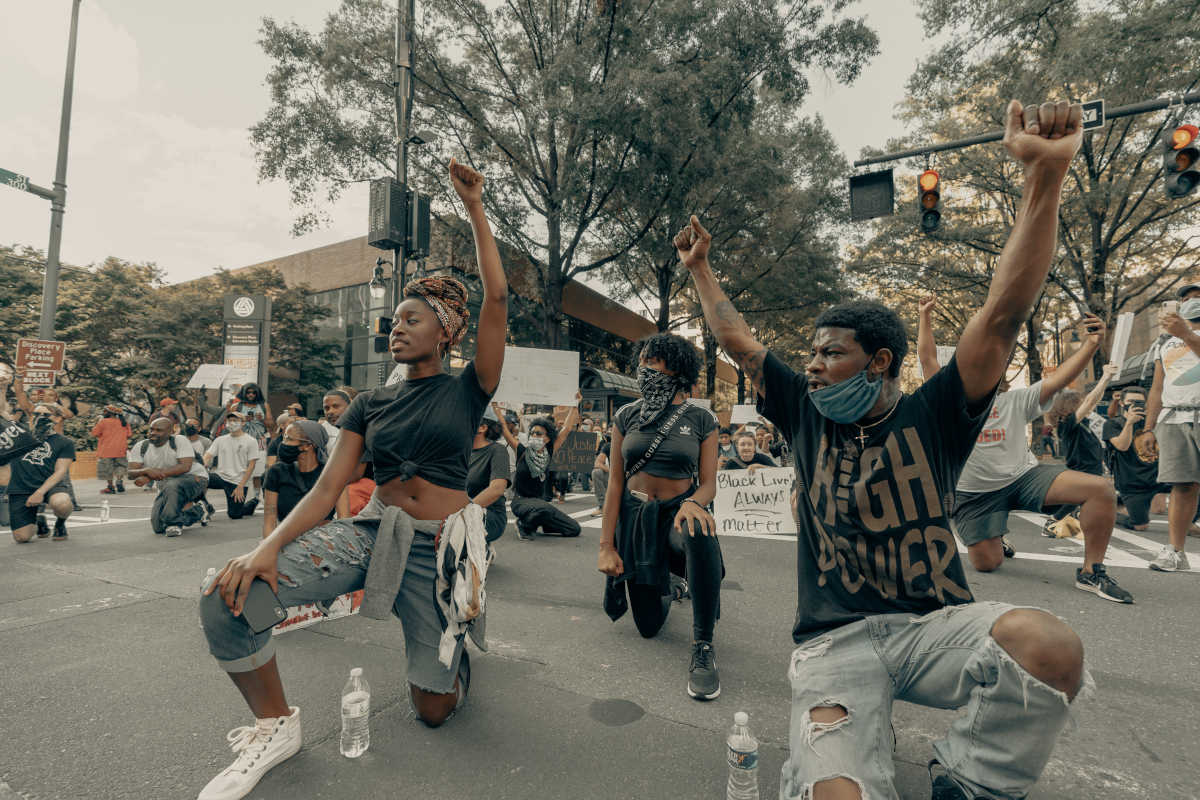Bill Gates wrote on his post 5 Books for a lousy year:
The New Jim Crow: Mass Incarceration in the Age of Colorblindness, by Michelle Alexander. Like many white people, I’ve tried to deepen my understanding of systemic racism in recent months. Alexander’s book offers an eye-opening look into how the criminal justice system unfairly targets communities of color, and especially Black communities. It’s especially good at explaining the history and the numbers behind mass incarceration. I was familiar with some of the data, but Alexander really helps put it in context. I finished the book more convinced than ever that we need a more just approach to sentencing and more investment in communities of color.
Inspired by Wesley Lowery’s article in the Atlantic: The Breaking Point, this post is a collection of the links to studies or reports about studies from all sections of the US Judicial System. Intuitively and anecdotally, I knew that there is racial bias, just from reading articles in the daily news. There has been done so little to remedy the situation. Rashad Robinson wrote a piece for the New York Times on “The People Who Undermine Progressive Prosecutors”.
Beyond that, one other reason is also that not many white people are touched by this. Wesley Lowery reported that this might have changed with the “Justice for George Floyd” protests.
A Monmouth University poll taken a few days after Floyd’s death found that 71 percent of white respondents deemed racism and discrimination “a big problem” in the United States—up 26 points from 2015.
Nearly 80 percent of Americans—and 75 percent of white Americans—told pollsters that the protesters’ anger was either “fully” or “partially” justified.
Forty-nine percent of white respondents said police are more likely to use excessive force against a black culprit than a white one, nearly double the 25 percent who acknowledged that fact in 2016.
Wesley Lowery The Breaking Point
Inside 100 million police traffic stops: New evidence of racial bias
Stanford researchers found that black and Latino drivers were stopped more often than white drivers, based on less evidence of wrongdoing.
The article is a report on The Stanford Open Policing Project
Racial Disparities in Federal Prosecutions – A joint project of the Brennan Center for Justice and the National Institute on Law and Equity

The Sentencing Project | Issues | Racial Disparity – The Sentencing Project has worked for a fair and effective U.S. criminal justice system for 30 years.

Aren’t more white people than black people killed by police? Yes, but no. Washington Post.
According to the most recent census data, there are nearly 160 million more white people in America than there are black people. White people make up roughly 62 percent of the U.S. population but only about 49 percent of those who are killed by police officers. African Americans, however, account for 24 percent of those fatally shot and killed by the police despite being just 13 percent of the U.S. population. As The Post noted in a new analysis published last week, that means black Americans are 2.5 times as likely as white Americans to be shot and killed by police officers.
The Science of Justice: Race, Arrests, and Police Use of Force – Center of Policing Equity

DPIC Analysis: Racial Disparities Persisted in U.S. Death Sentences and Executions in 2019 – Death Penalty Information Center
Studies have consistently found racial disparities at nearly every stage of the capital punishment process, from policing and charging practices, to jury selection, to jury verdicts, to which cases result in executions. Those patterns of discriminatory sentencing and executions — and particularly race-of-victim effects — were evident once again in 2019.
Featured Image: Photo by Clay Banks on Unsplash
